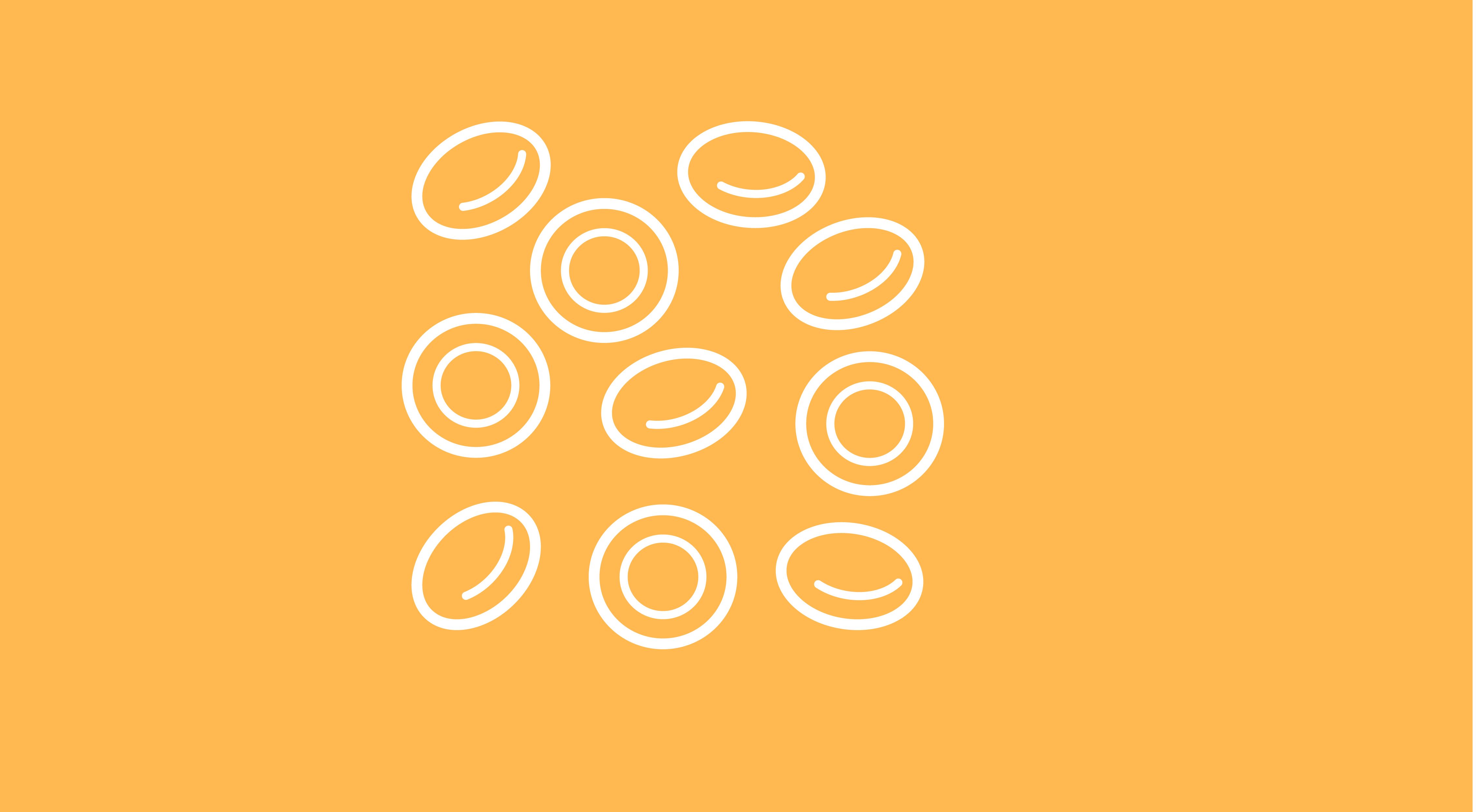Roxadustat Increases Hemoglobin Counts in Patients With Chemotherapy-Induced Anemia
Phase 2 findings found that patients with chemotherapy-induced anemia experienced increases in hemoglobin following treatment with roxadustat.
Roxadustat Increases Hemoglobin Counts in Patients With Chemotherapy-Induced Anemia

Roxadustat (Evrenzo), increased hemoglobin counts in patients with chemotherapy-induced anemia, according to findings from an open-label, phase 2 study which was presented at the 2022 ASCO Annual Meeting. Patients received starting doses of either 2.0 or 2.5 mg/kg and investigators reported that those who received initial doses of 2.5 mg/kg experienced more immediate hemoglobin increases and required fewer red blood count infusions than their counterparts.
The median time to a hemoglobin increase of at least 1.0 g/dL, 1.5g/dL, and 2.0 g/dL among patients who began treatment with a 2.5 mg/kg dose was 30 days, 43 days, and 57 days, respectively. In comparison, the median time to the same hemoglobin increases in patients who started with the 2.0-mg/kg dose was 44 days, 71 days, and 105 days, respectively. Overall, the median time to increase among all patients was 41 days, 46 days, and 71 days, respectively.
Moreover, between weeks 5 and 16 of treatment, 11.1% of patients starting roxadustat at 2.5 mg/kg (n = 31) required a red blood cell transfusion compared with 20.7% of those starting with 2.0 mg/kg (n = 61).
“Up to 90% of patients receiving myelosuppressive chemotherapy develop anemia, and it is exacerbated by repeated treatment cycles due to cumulative toxicity,” the study authors wrote in a poster. “Chemotherapy-induced anemia management options are suboptimal and alternative treatment options are needed. Roxadustat, on oral hypoxia-inducible factor prolyl hydroxylase inhibitor, increases hemoglobin by stimulating endogenous erythropoietin synthesis and improving iron kinetics.”
The single-arm, proof-of-concept study enrolled patients with nonmyeloid malignancies who were eighteen years or older and had chemotherapy-induced anemia, defined as hemoglobin levels less than or equal to 10 g/dL. Patients were enrolled between August 2019 and April 2021. A red blood cell transfusion or prior treatment with an erythropoietin-stimulating agent within 4 weeks of enrollment were grounds for exclusion.
Patients received oral roxadustat 3 times per week for up to 16 weeks, with dose adjustments every 4 weeks based on hemoglobin levels and hemoglobin changes. Investigators noted that most patients required a dose increase at week 5, and an amendment to the trial protocol was established in May 2020 that patients would start with 2.5 mg/kg instead of 2.0 mg/kg.
Among patients who began treatment at 2.0 mg/kg dosage, there were larger number of women than men (53 vs 39, respectively). Most study participants also had a C-reactive protein greater than the upper limit of normal. The most common malignancies included breast (22.6%) and pancreatic cancer (19.4%). Among patients who started treatment with the 2.5 mg/kg dose, a larger percentage had received treatment with platinum-based chemotherapy (50.8% vs 32.3% at the 2.0-mg/kg dose). The most common malignancies in this cohort were gastrointestinal tract (18.0%), lung (13.1%), or ovarian cancer (13.1%).
Iron replete was defined as transferrin saturation (TSAT) greater than or equal to 30% and ferritin equal to or greater than 100 µg/L. Iron nonreplete was defined as TSAT of less than 20% and ferritin less than 100 µg/L.
Overall, the mean maximum change in hemoglobin throughout the 16 weeks was 2.8 g/dL and 2.0 g/dL in iron replete vs nonreplete populations, respectively. Between baseline and week 16, 60.7% of patients experienced a hemoglobin increase equal to or greater than 2.0 g/dL; this change was observed in 61.8% and 58.8% of iron-replete patients and iron nonreplete populations, respectively.
The 2 starting doses had a similar proportion of patients who experienced hemoglobin increases equal to or greater than 1.0, 1.5, and 2.0 g/dL. Also, a subgroup analysis revealed that between the 2 starting doses, the mean maximum hemoglobin increases ranged between 1.4–2.9 g/dL and 2.3–2.6 g/dL in major tumor and chemotherapy types, respectively.
Safety data were limited by the absence of a placebo group; however, the observed adverse events (AEs) were consistent with those typically seen in a diverse group of patients with cancer undergoing concomitant chemotherapy, and no deaths were attributed to the investigational agent. In the overall treatment population (n = 92), the number of treatment-emergent AEs (TEAEs) was 85 (92.5%). There were 17 incidences (18.5%) of TEAEs leading to treatment discontinuation. Further 17 TEAEs (18.5%) were related to the study drug, 14 (15.2%) cases of deep vein thrombosis and 9 (9.8%) of pulmonary embolism were reported.
The frequency of TEAEs and severe TEAEs were comparable between the 2 starting doses. In the 2.0 mg vs 2.5 mg/kg cohorts, the number of any TEAEs was 31 (100%) and 54 (88.5%), respectively. The number of TEAEs resulting in treatment discontinuation was 6 (19.4%) vs 11 (18%), respectively. In terms of specific TEAEs, cases of deep vein thrombosis cases were reported in 5 (16.1%) vs 9 (14.8%) patients, respectively, and the number of pulmonary embolism cases was 3 (9.7%) vs 6 (9.8%). Overall, 6 (19.4%) vs 11 (18%) incidences were related to roxadustat.
In terms of severe TEAEs, 14 (45.2%) vs 26 (42.6%) events were reported in the 2.0-mg/kg and 2.5-mg/kg cohorts, respectively. The number of severe TEAEs leading to treatment discontinuation was 5 (16.1) vs 10 (16.4), respectively.
Reference
Glaspy J, Gabrail NY, Locantore-Ford P, et al. Open-label, phase 2 study of roxadustat for treatment of anemia in patients receiving chemotherapy for non-myeloid malignancies. J Clin Oncol. 2022;40(suppl 16):12085. doi:10.1200/JCO.2022.40.16_suppl.12085


